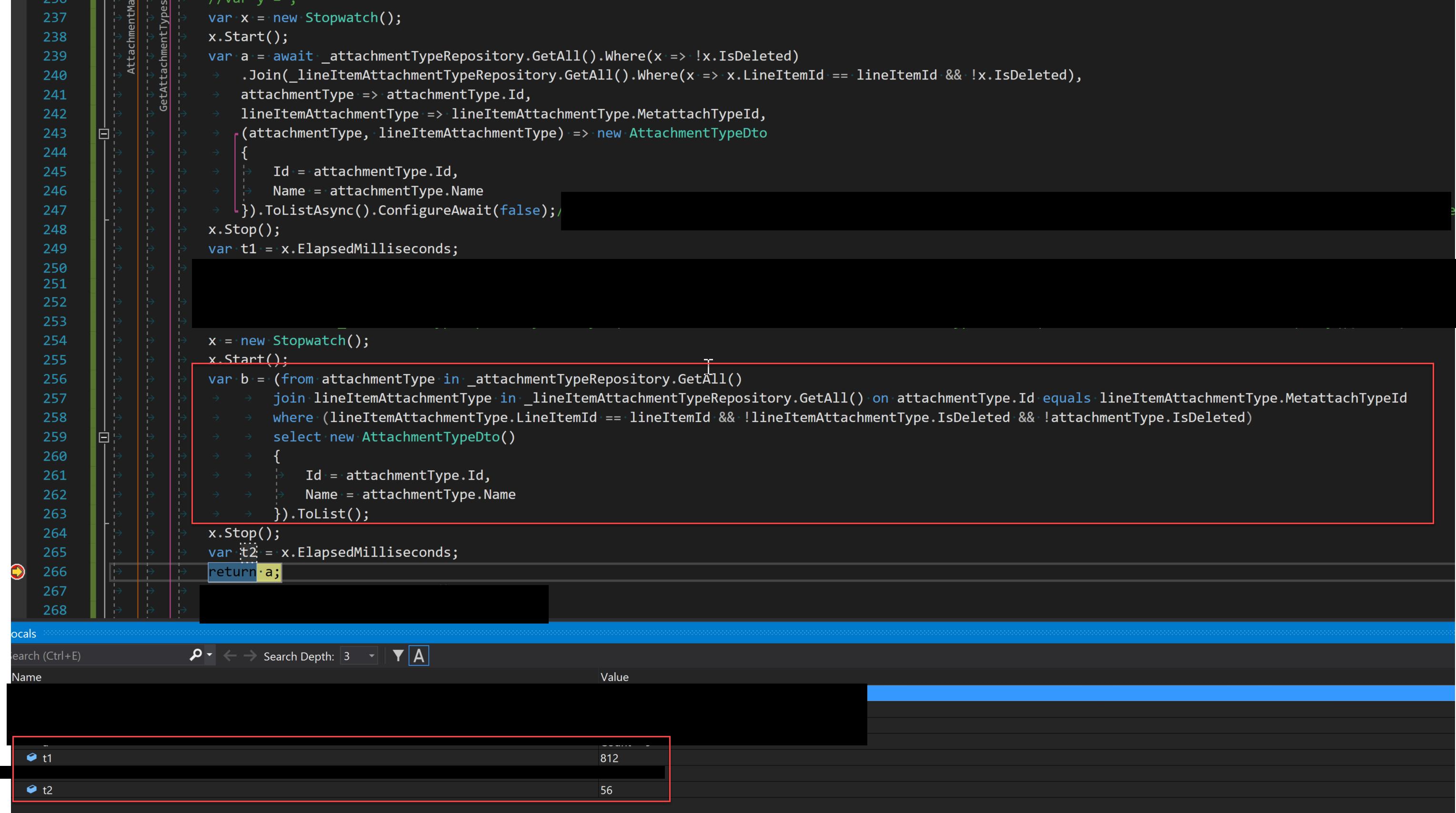I am working for customer that has a big project that is using Linq-to-SQL. When the project started it was the obvious choice, because Entity Framework was lacking some major features at that time and performance of Linq-to-SQL was much better.
Now EF has evolved and Linq-to-SQL is lacking async support, which is great for highly scalable services. We have 100+ requests per second sometimes and despite we have optimized our databases, most queries still take several milliseconds to complete. Because of the synchronous database calls, the thread is blocked and not available for other requests.
We are thinking to switch to Entity Framework, solely for this feature. It's a shame that Microsoft didn't implement async support into Linq-to-SQL (or open-sourced it, so the community could do it).
Addendum December 2018: Microsoft is moving towards .NET Core and Linq-2-SQL isn't support on .NET Core, so you need to move to EF to make sure you can migrate to EF.Core in the future.
There are also some other options to consider, such as LLBLGen. It's a mature ORM solution that exists already a long time and has been proven more future-proof then the MS data solutions (ODBC, ADO, ADO.NET, Linq-2-SQL, EF, EF.core).

